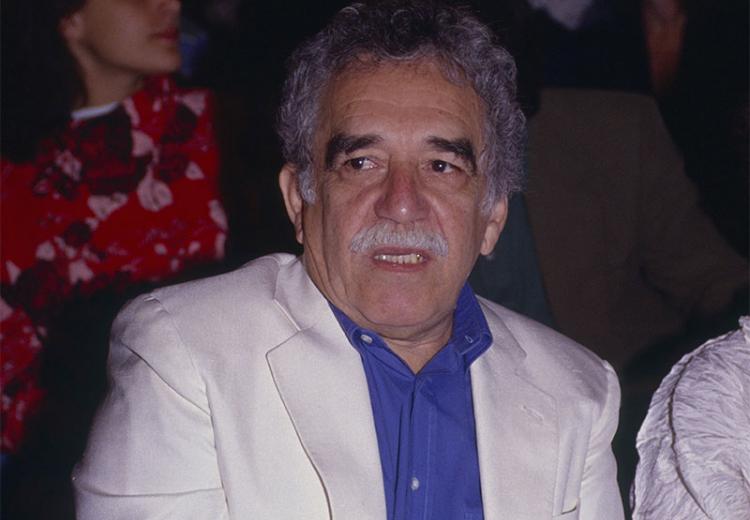Lesson 1: Magical Elements in Magical Realism

Gabriel García Márquez.
The term “magical realism” is broadly descriptive and recently has been applied to the works of such diverse authors as Salmon Rushdie, Toni Morrison, and Louise Erdrich; however, critics usually recognize Gabriel García Márquez as first among equals in writing in this fictional genre. What does this term mean? Commentators disagree, and the divide seems to be both geographical and linguistic: English-speaking critics emphasize the magic in One Hundred Years of Solitude, while Spanish speakers stress the reality of the events in the novel.
It is generally recognized that rather than explaining reality using natural or physical laws, the magical realist creates a new reality. This is characterized by the matter-of-fact inclusion of fantastic or magical elements into seemingly realistic fiction. At one point García Márquez confessed, "My most important problem was destroying the line of demarcation that separates what seems real from what seems fantastic.” Although this strategy appears in the literature of many cultures in many ages, the term is a relatively recent designation and is used to characterize a number of contemporary writers of Latin American literature such as Jorge Luis Borges, Isabel Allende, Laura Esquivel, and Juan Rulfo.
Guiding Questions
How does Gabriel García Márquez make the magical elements in his novel credible?
Learning Objectives
Identify “magical” elements of the novel and analyze how García Márquez uses a “realistic” voice to give them credibility.
Understand "tone" and identify different tones and their effects on the narrative and on readers.
Provide text-based evidence to support analysis of tone and its impact in One Hundred Years of Solitude.
